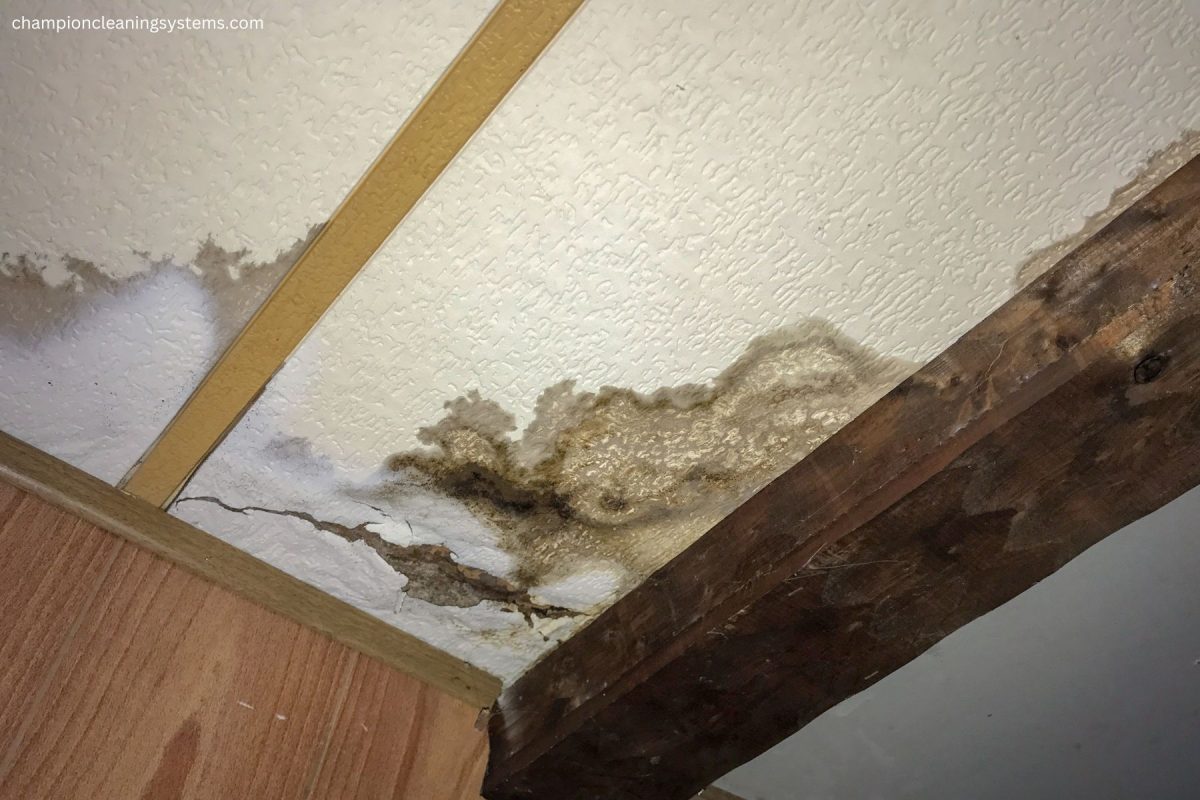24/7 Emergency Service

In Part 1, we focused on inspecting the exterior of your home for signs of water damage. Now, it’s time to step inside and check for hidden issues that could lead to mold, structural damage, and costly repairs.
Even if your home looks fine at first glance, water damage can hide in unexpected places. Follow this step-by-step guide to identify potential problems inside your home.
Prevention Tip: If you find water stains, determine the source immediately. Roof leaks, burst pipes, or condensation issues could be the culprit. Fixing the cause early prevents further damage.
Prevention Tip: If you notice damage, address leaks or high humidity levels quickly. A dehumidifier can help regulate indoor moisture.
Prevention Tip: Tighten loose connections and replace hoses every few years to prevent leaks. Consider installing a water leak detector for early warnings.
Prevention Tip: Use weather stripping and caulk to seal gaps, and make sure windows are properly closed during rainstorms.
Sometimes, you can smell water damage before you see it. If an area has a persistent musty odor, it could be a sign of mold growing behind walls, under carpets, or inside HVAC systems.
Prevention Tip: If musty smells persist, consider a professional inspection to rule out hidden water damage or mold growth.
In Part 3, we’ll dive into basements, crawl spaces, and attics, where water damage often hides. These areas are prone to leaks, high humidity, and mold, making early detection crucial.
By checking your ceilings, floors, and appliances now, you can catch problems early and keep your home in great shape this spring!

